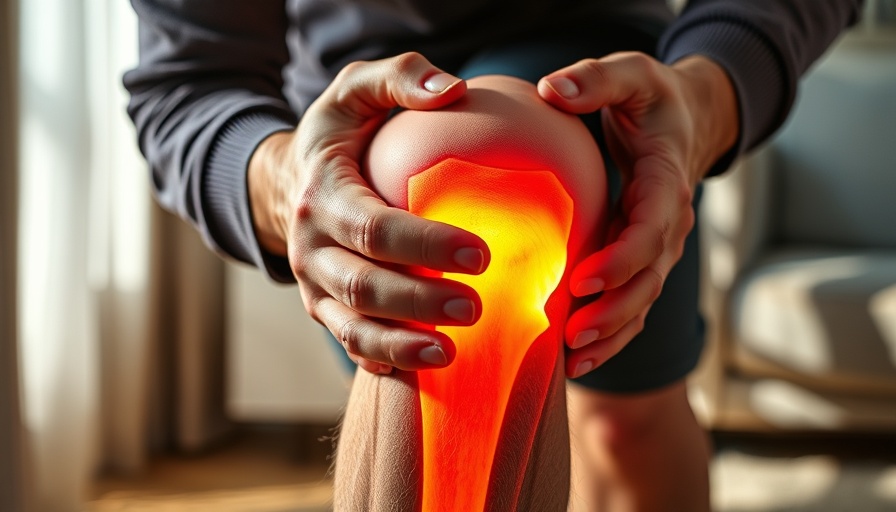
Revitalize Your Feet: The Importance of Professional Care
Maintaining healthy feet is essential, not just for comfort but for overall well-being. Many people overlook their feet, something that can lead to painful conditions like corns, blisters, and ingrown toenails. The informative video "Here’s a promise 🫨 healthy feet after a visit at SWEET 👣 ‼️" highlights the transformative effects of specialized foot care. By prioritizing our feet, we can reduce discomfort and prevent more serious issues down the line.
We came across "Here’s a promise 🫨 healthy feet after a visit at SWEET 👣 ‼️", which covers the topic of specialized foot care, and it raised some compelling points that we’re expanding on in this article.
Understanding Common Foot Issues
From small toe removal to taking care of thick calluses, many foot ailments can disrupt daily life. Soft corns on the toes can be particularly painful, with treatment methods available. Recognizing common problems like sore blistered feet or toenail fungus is the first step in achieving healthy feet. Working with specialists, as suggested in the video, can help address these issues effectively.
The Science Behind Foot Care
Foot care is not just about aesthetics; it has significant health implications. Neglected feet can lead to various complicating factors, especially in people with conditions like diabetes. For instance, a simple corn can escalate to infections if not treated properly. Understanding the anatomy of feet, such as how to care for toenails after removal or addressing hard blisters, is crucial. The video emphasizes the benefit of professional care, which can provide the right solutions tailored to individual needs.
Actionable Insights for Foot Health
To maintain foot health, consider creating a daily foot care routine. Incorporating practices such as moisturizing dry feet, treating blisters immediately, and regularly assessing foot health can make a considerable difference. Make sure to educate yourself on how to treat specific issues, like taking care of a broken toe or caring for foot calluses.
Emotional and Psychological Benefits of Healthy Feet
Foot care goes beyond the physical; it has emotional benefits too. People often feel more confident and outgoing when they know their feet are well taken care of. Comfortable feet encourage a more active lifestyle, allowing individuals to engage in enjoyable activities without fear of foot pain. The video reminds us that healthy feet lead to a happier life, reinforcing the need for proactive foot care.
Future of Foot Care: Trends and Innovations
The landscape of foot care is evolving with new technologies and methods. We can expect advancements in understanding foot health, particularly in custom orthotics, which can enhance comfort and alignment. Additionally, trend reports indicate an increased focus on preventive care and personalized treatments, which may revolutionize our approach to foot health.
In conclusion, healthy feet are a foundation for a vibrant, active life. The insights shared in "Here’s a promise 🫨 healthy feet after a visit at SWEET 👣 ‼️" open the door to deeper understanding and proactive measures in feet care. It's time to prioritize our foot health by engaging with professional specialists who can guide this journey.
 Add Row
Add Row  Add
Add 




Write A Comment